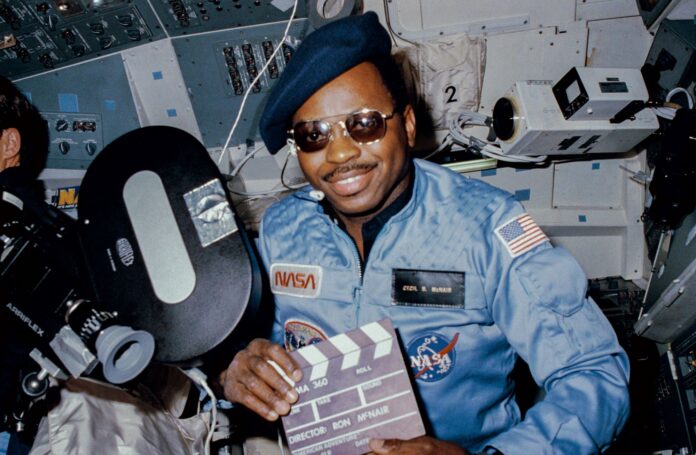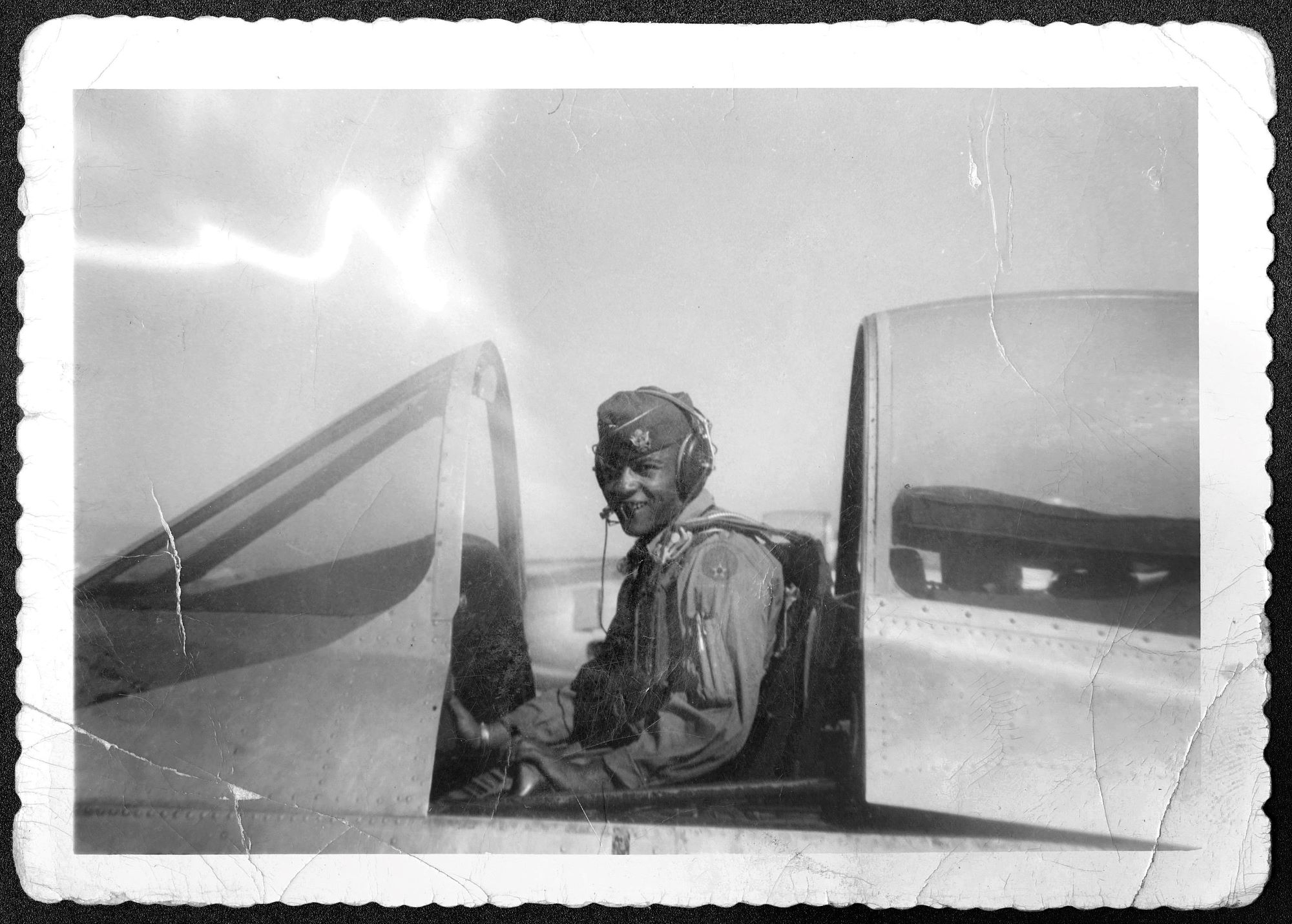
(CNN) — The annual influx of Black History Month programming yields an out-of-this-world documentary in “The Space Race,” which recognizes pioneers in integrating the space program, the resistance they faced and even the Soviet Union preceding America in sending a person of color into orbit. From the title to the execution, this National Geographic presentation has the right stuff.
Much of “The Space Race” – directed by Lisa Cortés and Diego Hurtado de Mendoza – will be revelatory to those whose image of the space program and NASA relies heavily on movies like 1983’s “The Right Stuff,” with the all-White Mercury 7 squad.
As the documentary notes, John F. Kennedy wanted to integrate the program but found that obvious candidates, like World War II’s Tuskegee Airmen, were too old. At 27, Ed Dwight was offered an opportunity to become the first Black astronaut in 1961, but faced the headwinds of being portrayed as a token addition by legendary pilot Chuck Yeager, who, as Dwight tells it, instructed his peers not to interact with him and kept pressuring him to quit.
Dwight’s dream died with JFK’s assassination, and while other Black participants were gradually admitted to the space program, more than two decades would pass between Dwight’s recruitment and putting a Black American, Guion “Guy” Bluford, in space aboard the space shuttle Challenger in 1983.
The documentary proceeds to chronicle the arcs of those who followed, including Bluford and astronaut and former NASA administrator Charlie Bolden. In the process, the filmmakers add welcome context to the central topic and give time to related matters like the symbolic importance of “Star Trek” – with its hopeful vision of the future – and the influence of actress Nichelle Nichols, a.k.a. Lt. Uhura, who took an active role in diversifying NASA by assisting in the recruitment of women and people of color.
“The Space Race” also ventures outside the US to visit Arnaldo Tamayo Méndez, a Cuban cosmonaut who became the first person of African heritage to travel into space as part of the Soviets’ Soyuz flights in 1980. Illustrating how poorly that history has been taught, even many of the US astronauts interviewed draw blank stares when that name is mentioned.

Mandatory Credit: Courtesy of Ed Dwight
Perhaps foremost, “The Space Race” conveys how the majesty and romance surrounding space exploration, and the uplifting, aspirational vision associated with that, conflicted with the more mundane reality of events on the ground. In that sense, it’s a stark reminder of how the noble ideal Neil Armstrong articulated as “One giant leap for mankind” as he stepped onto the moon didn’t fully reflect the struggle for civil rights back on Earth.
“The Space Race” premieres February 12 on National Geographic and will stream the next day on Hulu and Disney+.
The-CNN-Wire


